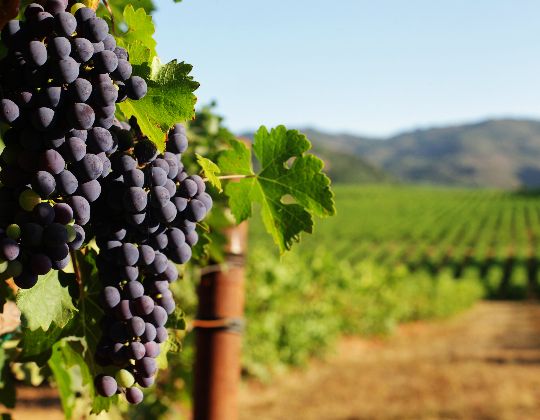Valorization of waste by-products from the olive pomace industry by using black soldier fly larvae as a bioconverter
Riccardo Fortina: Associate Professor at the University of Turin
Results presented at Insect to Feed the World, Canada June 2022
Partner:G.I. Ascrizzi1, F. Grosso2, R. Fortina1 and M. Meneguz2
1University of Turin, Via Verdi 8, 10124 Torino, Italy, 2BEF Biosystems, via Tancredi canonico 18, 10156, Italy;
Person of interest: Riccardo Fortina: Associate Professor at the University of Turin
https://www.sta.unito.it/do/docenti.pl/Alias?riccardo.fortina#tab-profilo
Link to download pdf with results: https://doi.org/10.3920/jiff2022.s1
Summary
Projected exponential population growth combined with economic development and rapid urbanization will generate greater demand for food, resulting in increased waste and by-product production. Black soldier fly (BSFL) larvae can grow on a wide range of wastes and have a high nutritional value, making them a valuable source of protein for the feed industry as a possible substitute for soybean meal and fishmeal. In the agribusiness sector, the oil industry suffers from waste disposal processes. The management of olive pomace (OP), a by-product of this industry, is a major environmental problem due to its highly polluting nature and high disposal costs. The purpose of this research was to evaluate the effects of OP as a component of BSFL breeding substrates on their development and waste reduction efficiency (WRE). To evaluate the effects of PO on BSFLs, three different inclusions of PO in a commercial BSFL diet were compared by modulating the amount of PO in it (control: 0%, S1: 10%, S2: 20% of the total). For evaluation, 2,000 larvae per replicate and four replicates per treatment were used. Increasing the concentration of OP in the rearing medium had no significant effect on the growth performance of BSFLs, despite the higher content of structural carbohydrates (e.g., lignin). In contrast, the high amount of lignin in the OP affected the WRE of BSFLs: their capacity decreased as the OP concentration in the substrate increased. Abnormal mortality of BSFLs was found in a sample reared on a substrate with 20% OP. The cause of this unexpected mortality could be due to the persistence of a broad-spectrum pesticide in olive grove pest management. OP can be used as a component of breeding substrates for BSFL reproduction. The use of different percentages (up to 20 percent) of OP in BSFL breeding substrate can be considered as a viable solution for its utilization and recycling, so OP could be considered as a potential resource for the insect industry and not just a waste product. Future research will be interesting to better understand how pesticide residues in OP affect BSFLs.
Newsletter
We have so much for you to learn about.
Sign up for our newsletter




